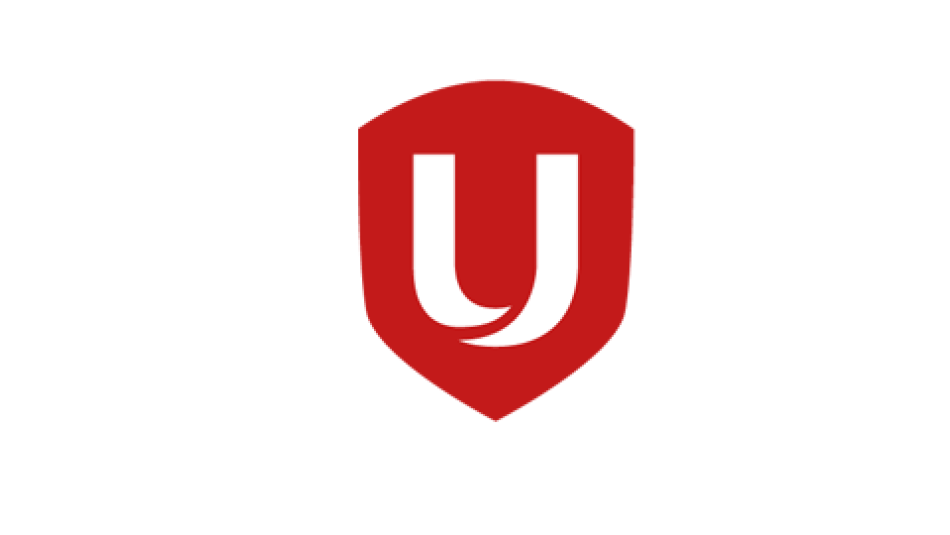
Share
On June 1, Alberta workers saw long awaited changes to the occupational health and safety landscape. In fact, it took 42 years for Joint Health and Safety Committees to be mandated for workplaces with more than 20 workers and representatives for workplaces with between five to 19 workers. The new legislation spells out the many duties of the committee or representative, including workplace inspections and the development and promotion of programs for education and information concerning health and safety. The employer has additional obligations relating to the committee, ranging from consulting and cooperating, to resolving health and safety concerns, to ensuring committee co-chairs or representatives are trained.
The amendments also enshrine the right for workers to refuse dangerous work into law. This further shifts the onus for safer, healthier work on to employers, those with the power to implement change. The new law also adds a requirement for employers to continue to pay the refusing worker while an investigation is underway, as well as when a health and safety officer issues a stop work order.
Employers also have expanded duties to report workplace injuries and near miss incidents. Recording “near misses” is an important leading indicator; it helps employers meet their significant obligations in identifying workplace hazards. It also supports implementation of measures to protect workers’ health, safety and welfare.
Changes have also strengthened protections related to workplace violence and harassment, including prevention obligations for employers and supervisors; including domestic or sexual violence. Workers are also required to refrain from causing or participating in harassing or violent activities.
Another key amendment is the explicit requirement for employers to adequately train workers in all matters necessary to protect their health and safety. This must happen before before beginning work, performing new work, using any new equipment or moving to another work area or site.
Finally, the new law also mandates occupational health and safety reviews at least once every five years. Moreover, the review committee requires equal representation of the interests of employers, workers and the general public.
Sources: https://www.whsc.on.ca/What-s-new/News-Archive/Alberta-legislative-overhaul-to-enhance-worker-saf
https://www.alberta.ca/ohs-changes.aspx



